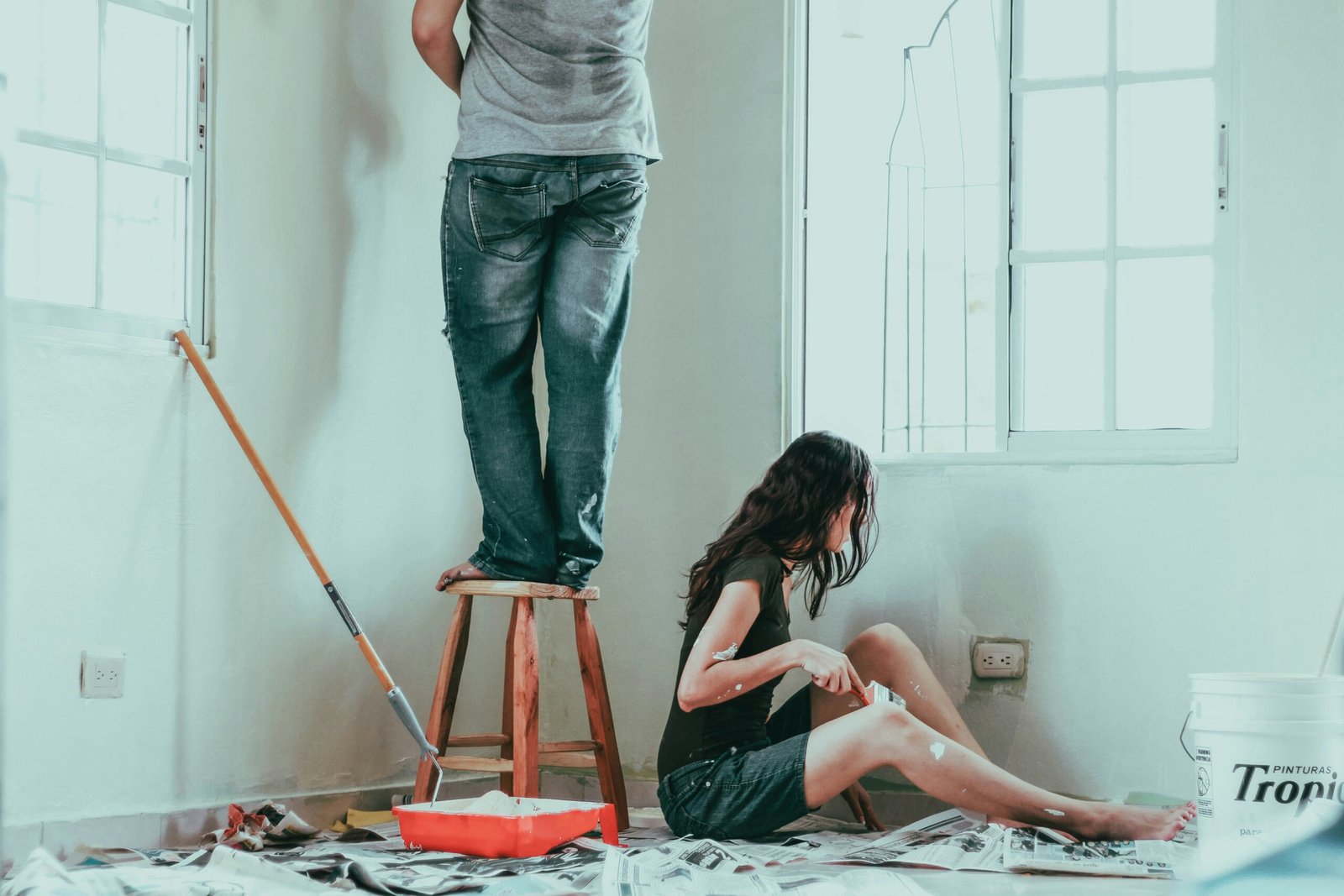Introduction to Home Improvement in the Philippines Home Improvement Philippines The home improvement landscape in the Philippines has witnessed significant growth in recent years. This burgeoning trend among homeowners to renovate and enhance their living spaces is driven by a variety of cultural and
Residential Construction Philippines Introduction to Renovation Services in the Philippines Renovation services in the Philippines have experienced significant growth in recent years, driven by a combination of cultural and economic factors. Homeowners and businesses alike are increasingly recognizing the value of renovating their properties to
Home Contractor Services Home contractor services play a pivotal role in ensuring that home improvement projects are executed efficiently and effectively. These services encompass a wide range of professionals who specialize in different aspects of construction and renovation. Understanding the various types of


